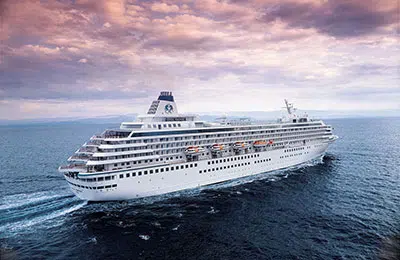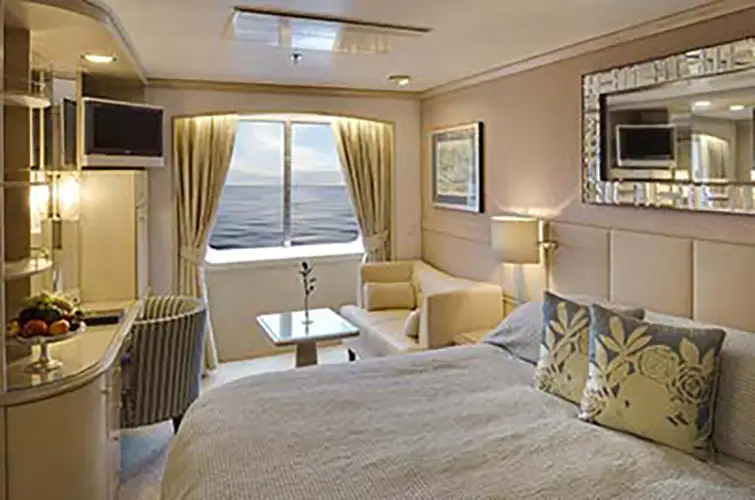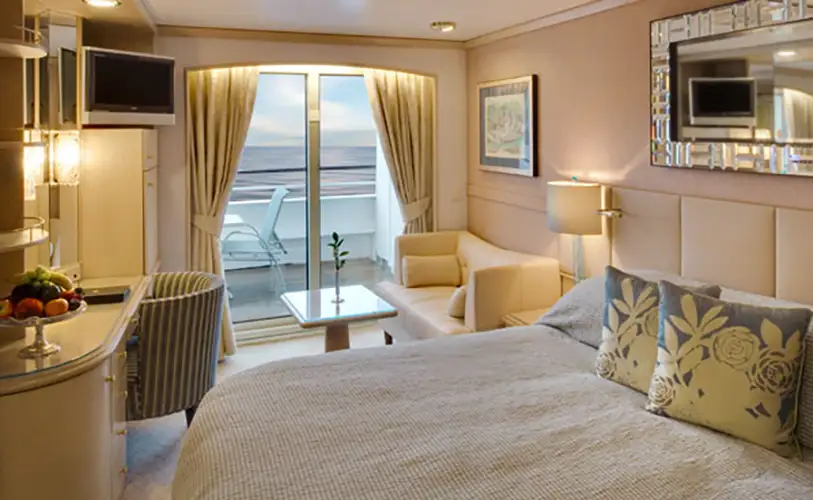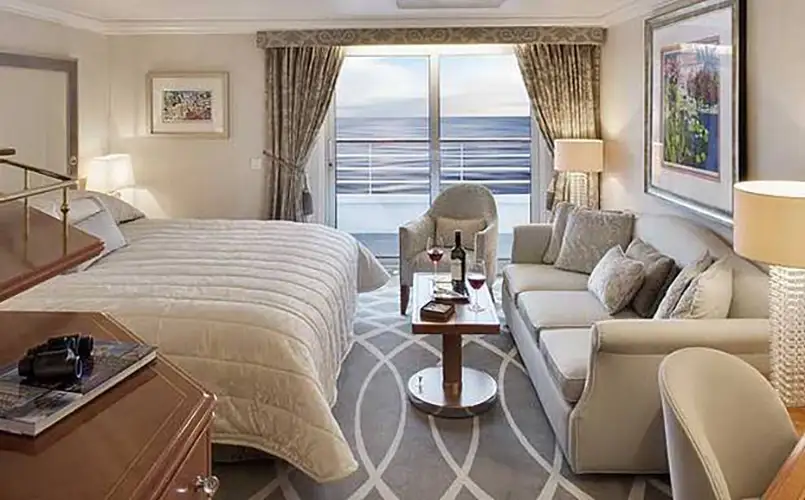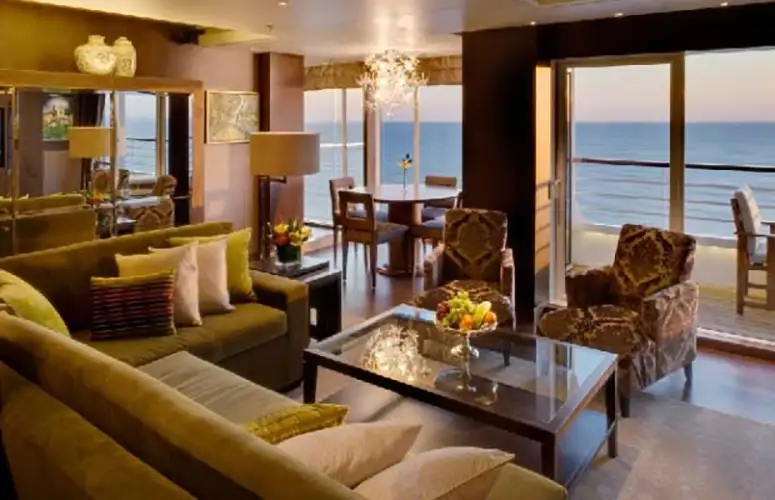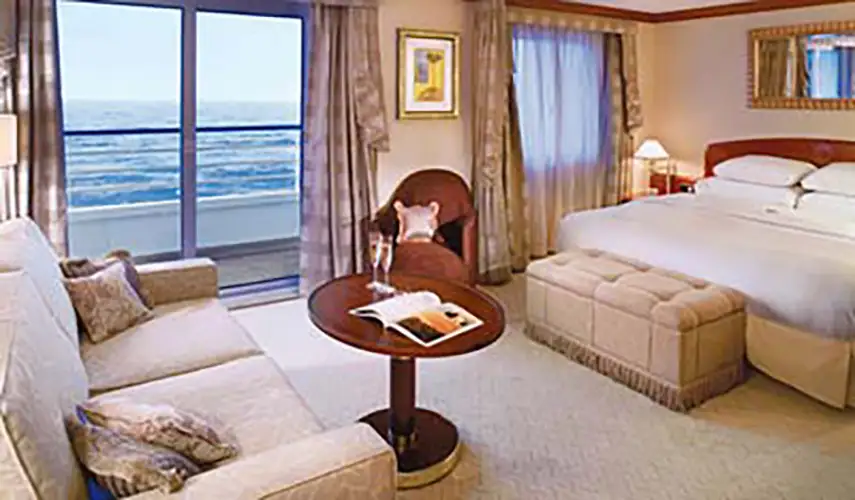Crystal Mediterranean: 4 nights from Venice with Crystal Symphony
14 Nov 2024
Italy, Croatia
Cruise itinerary
Departure Port: Venice ➞
Landing: Dubrovnik
-
Thursday, 14 November 2024 - not foundVenice
-
Friday, 15 November 2024 not found - not foundRavenna
-
Saturday, 16 November 2024 not found - not foundRavenna
-
Sunday, 17 November 2024 not found - not foundSplit
-
Monday, 18 November 2024 not foundDubrovnik
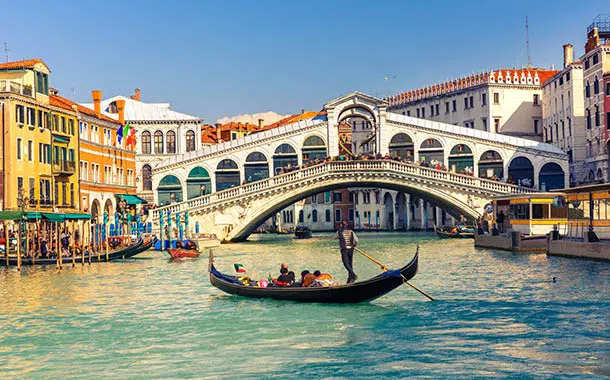
Venice
Setting sail from Venice on a cruise ship is unique and unforgettable. Discover all the cruises that depart from Venice for a great start to your holiday!
Venice it is one of the golden destinations of our age. A unique city of 120 islands, with an ancient history and endless waterways, it attracts a constant flow of tourists from all over the world to see its inspiring architecture and navigate its canals.
There are many souvenirs you can bring home from Venice, but the most lasting memory will be your impression of the city itself.
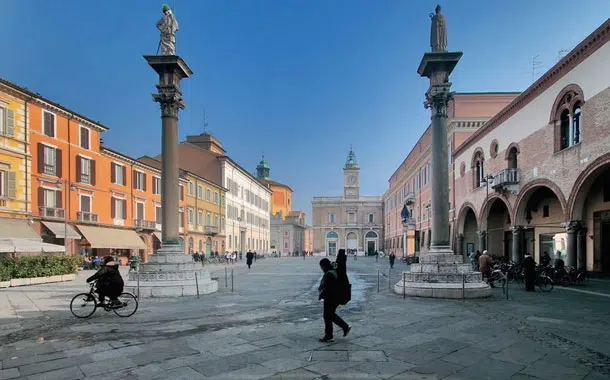
Ravenna
Ravenna lies on a plain near the confluence of the rivers Ronco and Montone, 10 km inland from the Adriatic Sea, with which it is connected by a canal.
Ravenna was important in history as the capital of the Western Roman Empire in the 6th century AD.
Nothing remains of Ravenna's ancient Roman structures or its port of Classis. Instead, Ravenna's fame is based on the quality and quantity of its 6th-18th century Christian monuments. It was the capital of the Western Roman Empire for 250 years and an important port of entry for the Eastern (Byzantine) Empire. Ravenna reflects in its art and architecture a fusion of Roman architectural forms with Byzantine mosaics and other decorations.

Ravenna
Ravenna lies on a plain near the confluence of the rivers Ronco and Montone, 10 km inland from the Adriatic Sea, with which it is connected by a canal.
Ravenna was important in history as the capital of the Western Roman Empire in the 6th century AD.
Nothing remains of Ravenna's ancient Roman structures or its port of Classis. Instead, Ravenna's fame is based on the quality and quantity of its 6th-18th century Christian monuments. It was the capital of the Western Roman Empire for 250 years and an important port of entry for the Eastern (Byzantine) Empire. Ravenna reflects in its art and architecture a fusion of Roman architectural forms with Byzantine mosaics and other decorations.
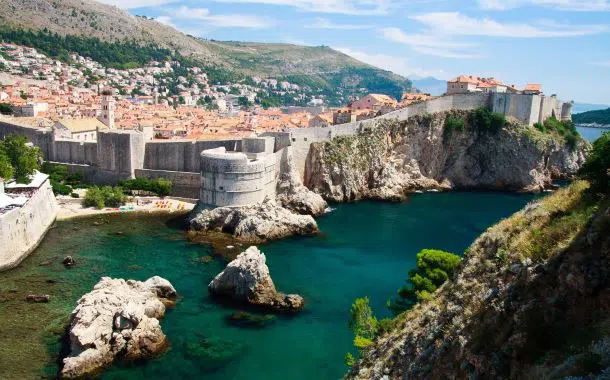
Split
Split (in Croatian Split, in Dalmatian Spalatro, in Ancient Greek Ασπάλαθος Aspálathos) is a city in Croatia, capital of Split-Dalmatian region, the principle center of Dalmatia and, with its population of 178,192 inhabitants (in 2011), is the second largest city of the country. Split is also an university and religious center.
The name of the city derives from the thorny broom, a very common shrub in the region, that in ancient Greek was called Aspálathos (Aσπάλαθος). Under the Roman Empire, the city was called 'Spalatum' and in the Middle Ages 'Spalatro' in the Dalmatian language. In the Slavic language it is called 'Split' while in italian 'Spalato'. In the early XIX century, the name became 'Spljet' and then returned to the form 'Split' again.
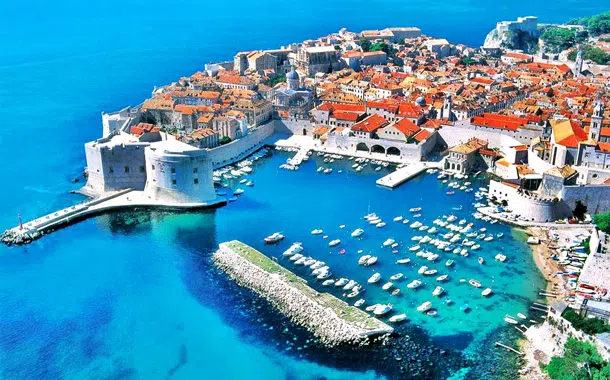
Dubrovnik
Dubrovnik is definitely special. A magnificent curtain of walls surrounds marble streets and Baroque buildings, which give off a pearly light in the Adriatic sunshine.
Picturesque and artistic, Dubrovnik is a tourist hotspot and port in southern Dalmatia, at the foot of the Srđ mountain. From a historical and cultural point of view, it has been included in the list of UNESCO World Heritage Sites.
Thanks to its beauty and everything it has on offer for tourists, Dubrovnik is one of the most attractive destinations in the Mediterranean, so much so that the city can be visited all year round. In addition to its world-famous architectural heritage, this place has beautiful rocky beaches, pebble beaches and sandy beaches, enjoys a Mediterranean climate and also has lush vegetation. The main pedestrian street, Placa, is a melange of cafes and shops with monuments at each end.
Churches, monasteries and museums adorned with finely carved stone, recall an eventful history and a rich artistic tradition. Beyond the city there is a paradise of beaches, wooded peninsulas and a crystal-clear sea dotted with lush islands.
The city is also known for its delicious cuisine and its infrastructure of hotels for tourists. The city offers a wide selection of first-class restaurants, numerous sport and leisure activities, as well as cultural and entertainment events
